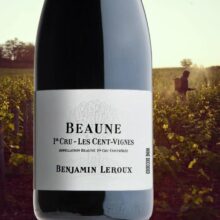
Product information
Benjamin Leroux Beaune 1er Cru ‘Les Cent-Vignes’ 2021
$282
Description
Leroux has been working with a grower here since 2015. Convinced of the quality, he purchased the 0.5-hectare plot in 2021, so from next year’s release, this will be a domaine-owned bottling. The plot, on Cent-Vignes’ brown grèze litée gravels, is planted to two parcels. There’s a section of 50-year-old vines, as well as a young plot planted in 2016.
Les Cent-Vignes is one of the first vineyards you encounter if you’re heading west out of Beaune. Leroux is delighted to be working in the appellation and would welcome more sources “without hesitation”. An underrated village, now on the rise.
“This vineyard was purchased in 2021 but the exploitant continues to run the vines for the moment. Lighter in colour, with a prettily perfumed nose. Really stylish, with grace length and elegance. Neither frost nor disease issues here apparently.”
Jasper Morris MW, Inside Burgundy 90-92 Points
“This newly-purchased parcel will make an excellent addition to Leroux’s lineup. The charming, forward fruit of the 2021 is one of the successes of his portfolio this year. The light ruby colour gives no hint of the pronounced cherry fruit, floral and mineral accents and touch of salinity that one finds on the palate. The body is light, but there is real ripeness here and a great purity to the fruit leading to a lingering finish.”
Charles Curtis MW, Decanter 93 Points






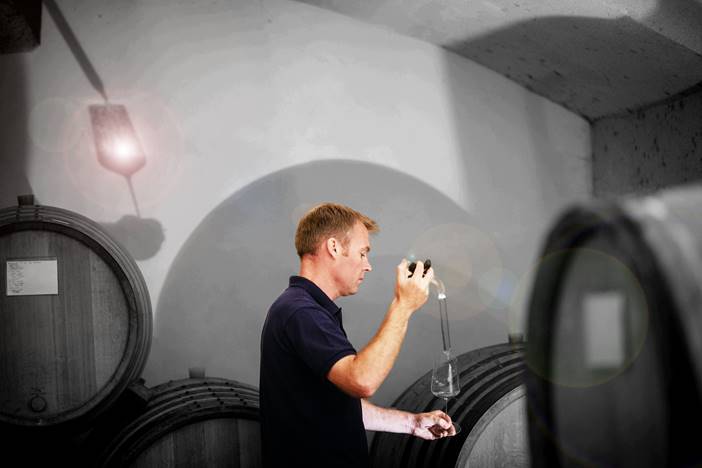
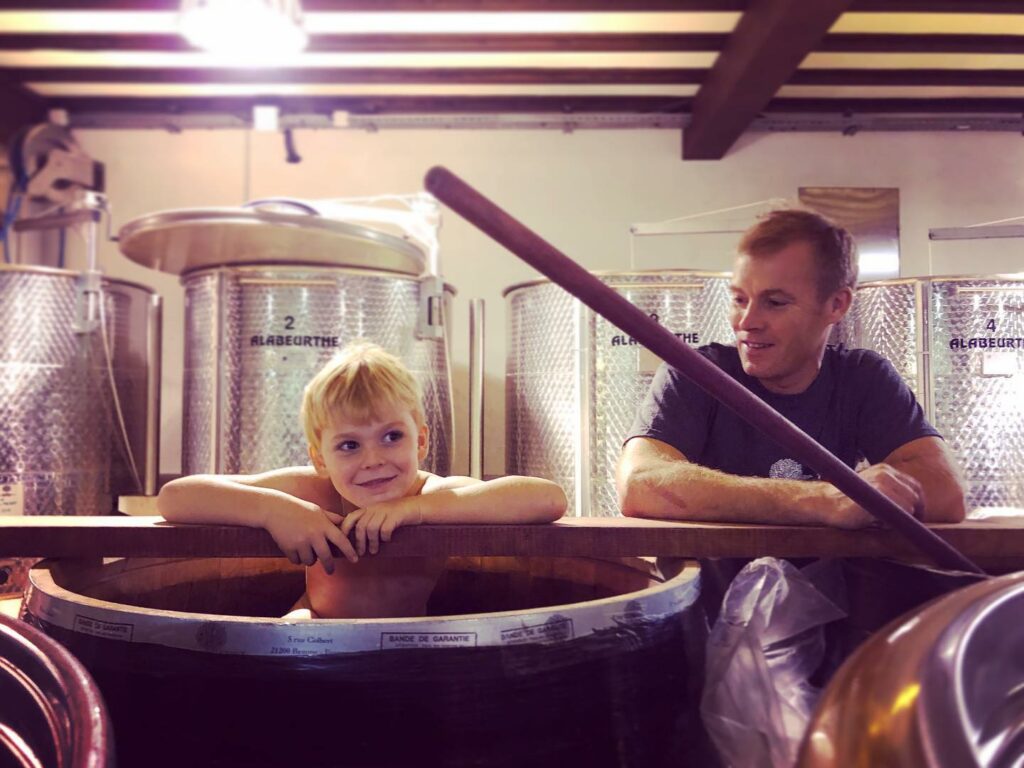
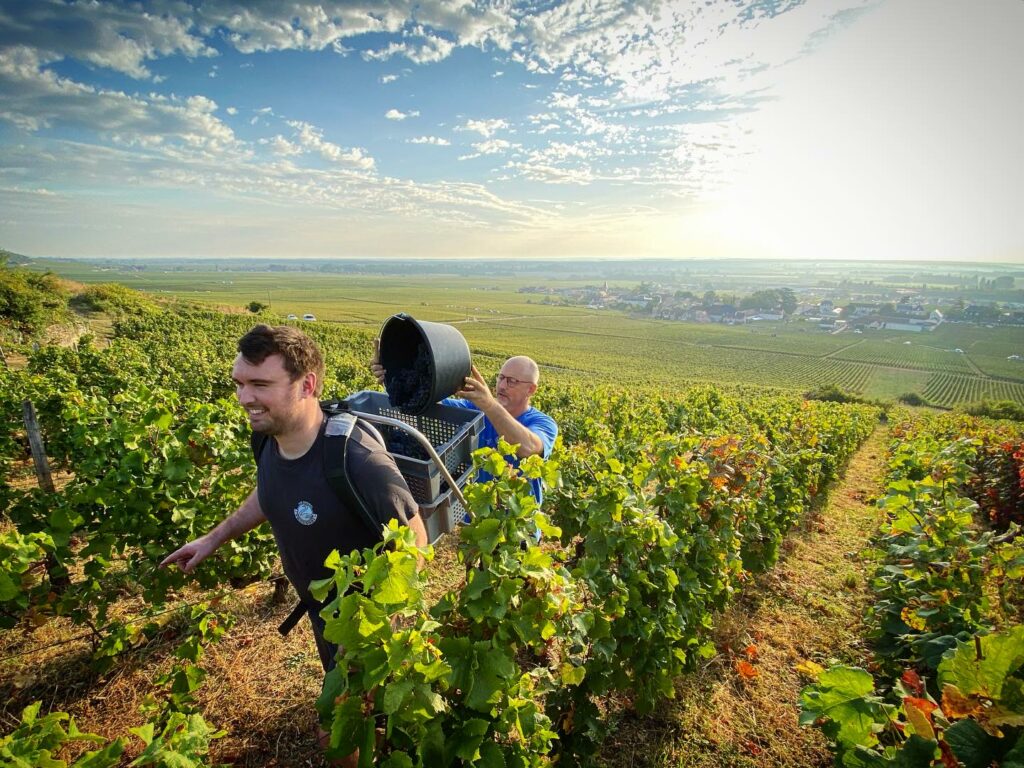
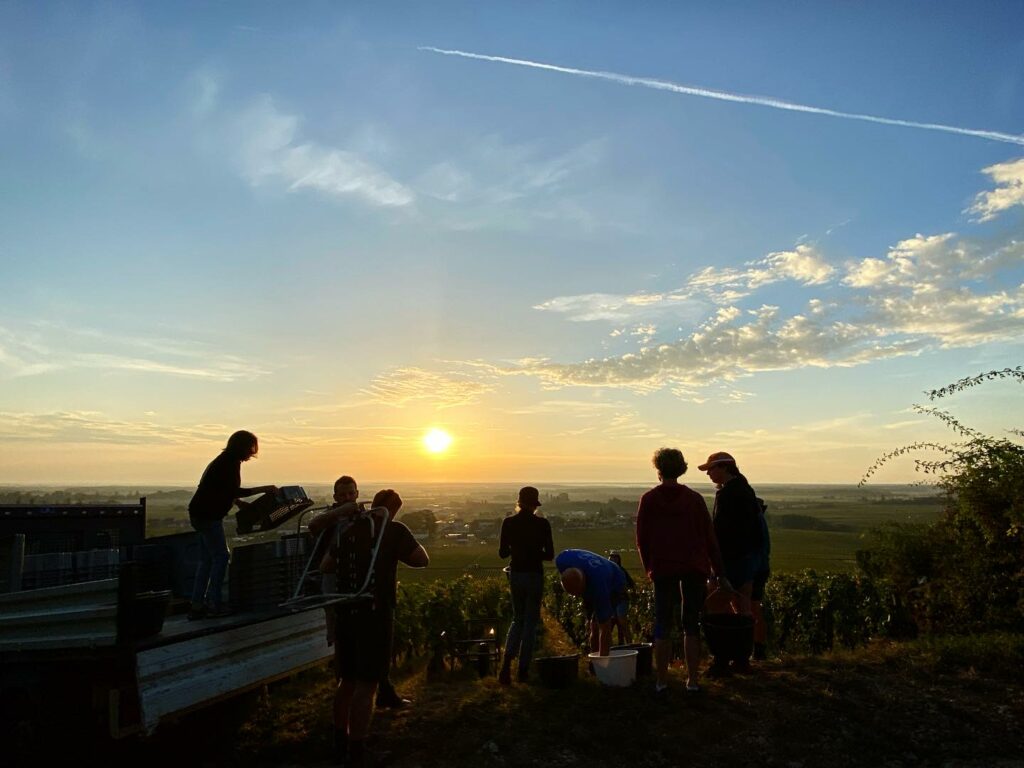
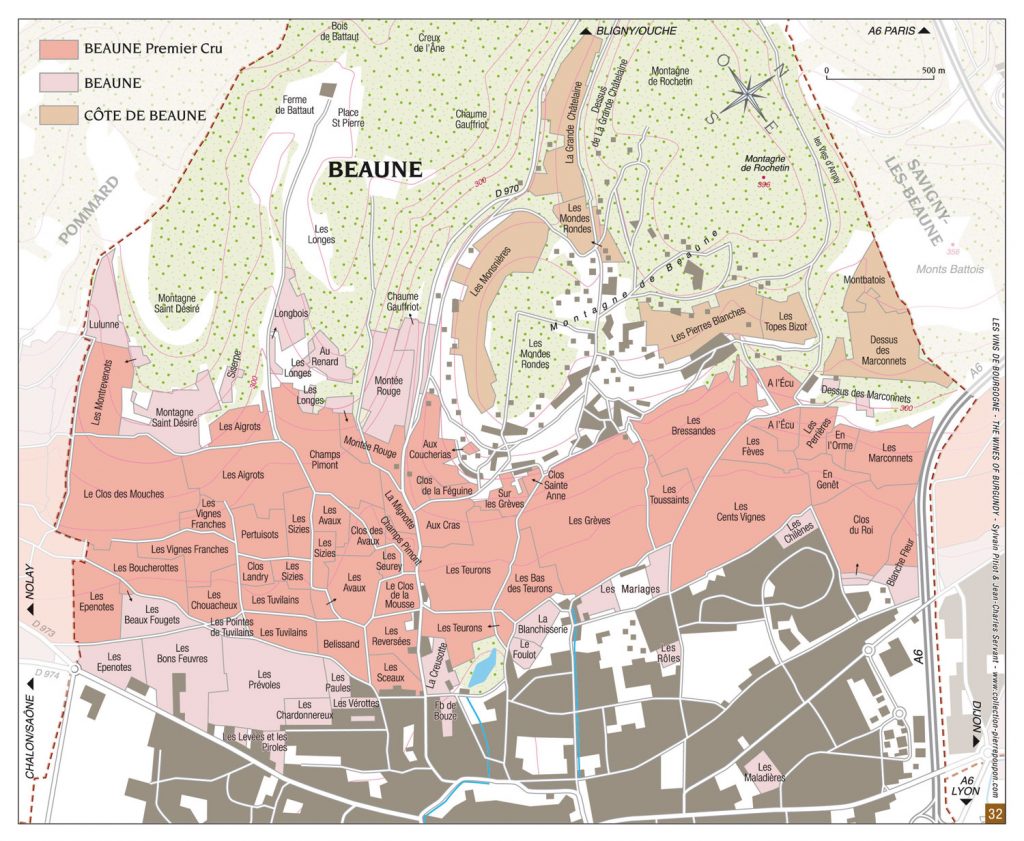
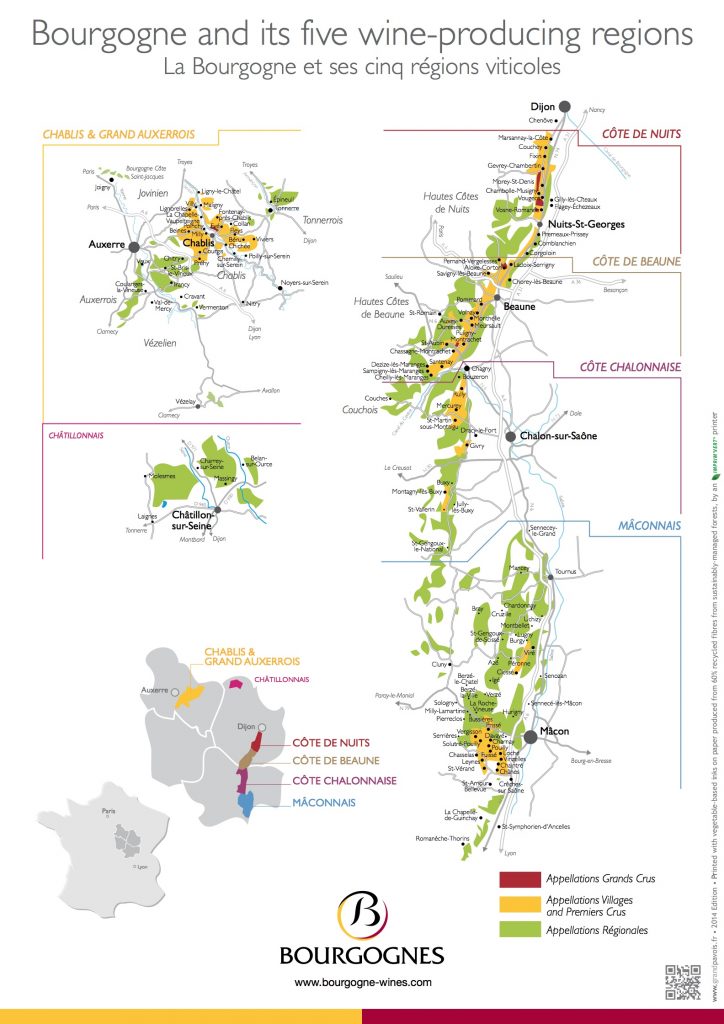
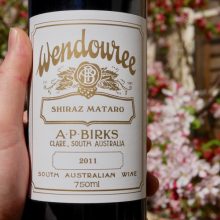
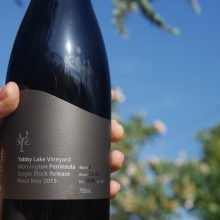
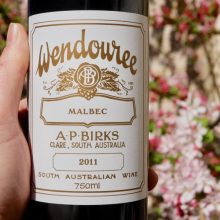
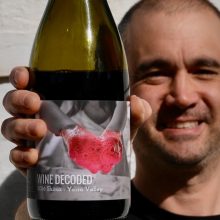
You must be logged in to post a comment.